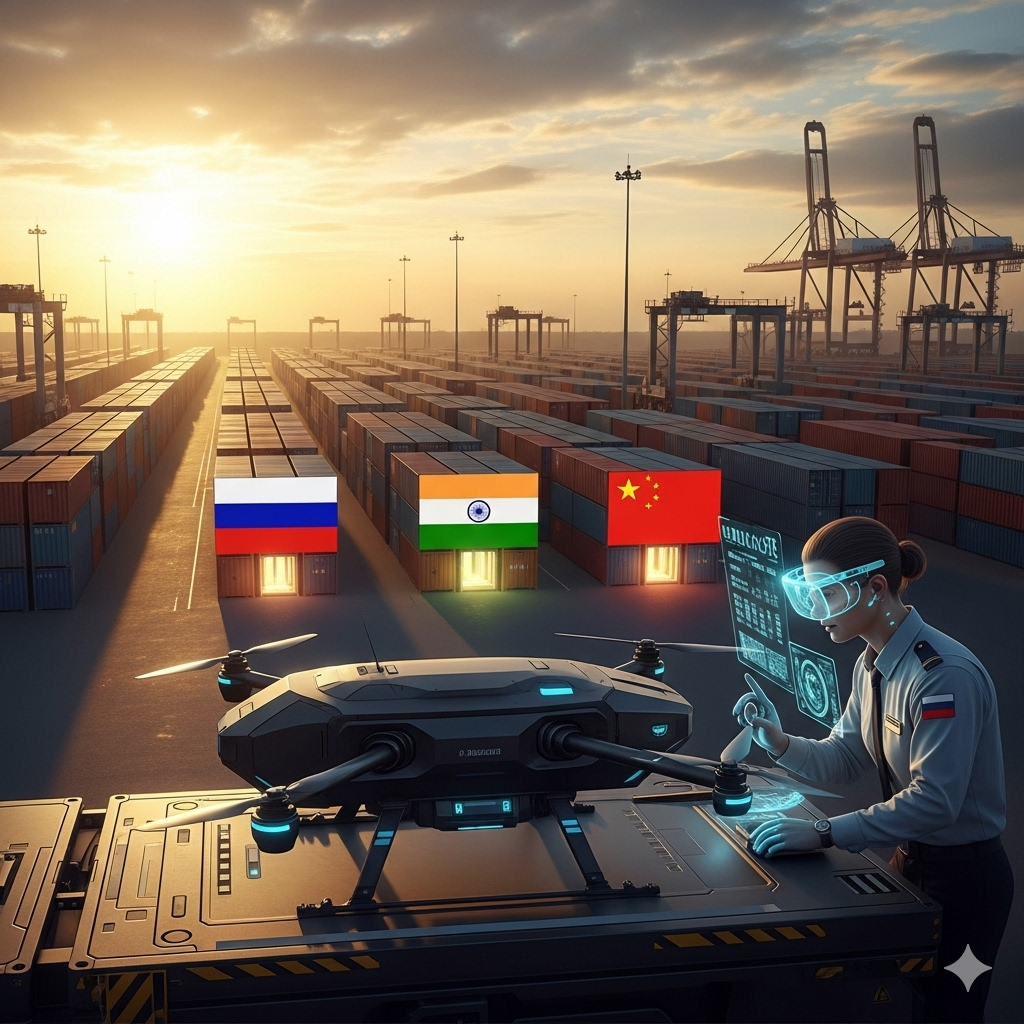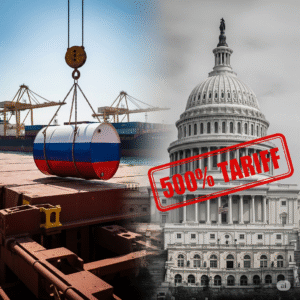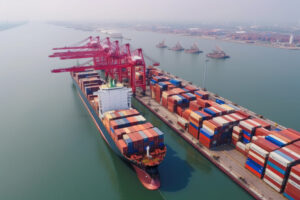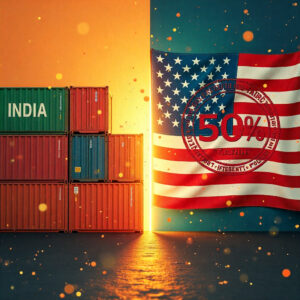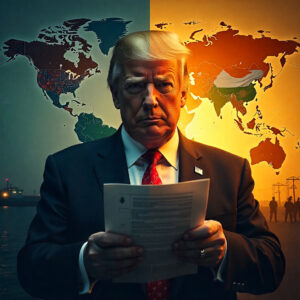A New Global Trade Reality: Navigating the RIC Convergence
The shipping container has long been a symbol of global trade, moving seamlessly (or so we hoped) from one port to the next, powered by a single, universally accepted currency: the US dollar. But what happens when the global trade map starts to look less like a single, connected web and more like a series of interconnected, regional islands?
This isn’t a hypothetical question. It’s the new reality we’re living in.
The re-emergence of the Russia-India-China (RIC) trilateral partnership isn’t just a geopolitical talking point. For us in the customs and logistics industry, it’s a fundamental shift that is reshaping trade flows, payment systems, and supply chains. As a customs house agent, our job is to navigate these currents, ensuring your cargo gets from Point A to Point B without getting lost in the geopolitical crossfire.
The question for every exporter and importer is this: How do you prepare for a world where your traditional trade partners and payment methods might be changing in real time?
What is the RIC Trilateral Partnership?
At its core, the RIC trilateral partnership is an alliance of three economic heavyweights: Russia, India, and China. They are leveraging existing frameworks like the Shanghai Cooperation Organisation (SCO) and the BRICS+ bloc to build a new axis of economic power. Their combined GDP is a staggering $53.9 trillion, a figure that rivals the traditional Western-led economic system.
For us, this isn’t just a number on a spreadsheet. It represents a deliberate, coordinated effort to create new trade corridors and financial systems that operate outside the traditional, US-dollar-centric world. Think about it: they’re building the infrastructure for a multipolar trade system, one where a country’s trade and logistics don’t have to be dictated by a single currency or a single set of rules.
The Mechanics of a Multipolar World for Customs & Trade
So, what does this new multipolar dynamic mean on the ground, in the warehouses and at the ports?
1. The De-dollarization Push
The most significant change is the push to bypass the US dollar. Initiatives like the proposed BRICS Customs Union and the use of local currencies for trade settlements are gaining momentum. For a customs house agent, this means preparing for a future where you might be handling invoices and declarations in Russian Rubles, Chinese Yuan, or Indian Rupees. This is not just about currency; it’s about a fundamental shift in how transactions are cleared and recorded.
Want to understand this better? We’ve covered the nuances of this shift in our post on the BRICS Currency vs. US Dollar.
2. New Digital and Physical Trade Corridors
RIC countries are investing heavily in transnational cables and logistics infrastructure to reduce reliance on Western-owned systems. This will create new, highly efficient supply routes. For example, a shipment from Moscow to Kolkata might soon travel through new, dedicated corridors with streamlined customs processes, bypassing the need for a convoluted journey through European or North American hubs.
This shift will require us to adapt, and it also presents an opportunity to create more direct and cost-effective shipping routes for you, our clients.
3. India’s Strategic Balancing Act
India’s position is unique. It’s a key member of the RIC partnership, but it also has a deep, robust trade relationship with the United States. In 2024 alone, the US bought $77.5 billion worth of Indian goods. This is a classic case of India walking a tightrope, maintaining strategic autonomy while leveraging all its partnerships.
As a customs agent in India, we see this play out every day. We manage documentation for a huge volume of shipments heading to the US while simultaneously handling growing trade with Russia and China. This balancing act means that the rules of engagement can change, and we have to be ready to adapt to everything from new tariffs (like the ones proposed by a potential Trump administration, which we discussed in this article on Trump’s Tariffs and India) to new trade agreements (like the one we have with Korea, which we covered in our article on the India-Korea Free Trade Agreement).
A New Framework for Your Supply Chain Strategy
In a multipolar world, the traditional approach of having a single, centralized supply chain is a massive risk. We’re moving from a “just-in-time” model to a “just-in-case” one. Here’s what you need to consider from a trade and logistics perspective:
Diversify Your Sourcing and Markets: Relying on one country or one trade bloc for your inputs or sales is no longer a viable strategy. The RIC convergence means there are more options available, and you should be exploring them. Look at emerging markets in Africa, Latin America, and CIS countries.
Embrace Alternative Payment Systems: As BRICS+ and other non-Western blocs develop their own payment networks, you should be ready to transact in a wider variety of currencies. This is a game-changer for reducing foreign exchange risk and transaction costs.
Invest in Supply Chain Resilience: Geopolitical fragmentation is a major risk. Your supply chain needs to be more robust than ever. This means having backup suppliers, alternative shipping routes, and a logistics partner who can navigate these complexities.
Common Pitfalls and How to Avoid Them
The biggest mistake you can make right now is to ignore these shifts. Too many businesses operate on the assumption that things will always be the same. This is a costly misconception.
Mistake #1: Ignoring Geopolitical Tensions. The border disputes between India and China, for example, can still create volatility. While a recent de-escalation agreement is a positive sign, it’s a constant reminder that political tensions can immediately affect trade. We’ve seen how geopolitical events, like the Israel-Iran war, can quickly disrupt global shipping.
Mistake #2: Underestimating the Need for Expert Customs Clearance. In a world of shifting trade blocs and currency systems, customs procedures will become more complex, not less. Trying to handle this yourself or with an inexperienced agent is a recipe for delays and costly fines, like demurrage and detention charges. You can learn more about how to avoid these in our guide on Demurrage and Detention Charges.
Mistake #3: Assuming All Tariffs Are the Same. Tariffs and trade restrictions can be highly specific. A new tariff on a certain good can reshape an entire industry. We’ve seen this with the US-China trade war and its ripple effects on Indian businesses, as detailed in our article on US-China Tariffs and Indian Businesses.
Measuring Your Success in the New World
How do you know if your new strategy is working? You need to track the right metrics:
Customs Clearance Time: Are your goods moving more efficiently through customs? We help you track this and reduce delays.
Logistics Costs: Are your overall shipping and handling costs coming down by using new routes and payment methods?
Risk Exposure: Are you less vulnerable to sanctions or tariffs because your supply chain is more diversified?
From Theory to Reality: A Real-Life Example
Think of a manufacturer in India that sources rare earth minerals from China and exports finished goods to Russia. In the old world, this company would have faced significant currency risk and logistical bottlenecks. In the new, RIC-driven world, they can leverage new digital payment systems and a more integrated logistics network to make their operations more seamless and efficient. This is the future we are actively helping our clients build.
The Bottom Line: Adapt or Be Left Behind
The RIC convergence is a powerful signal. The world is moving towards a multipolar economic order, and trade will be at the heart of this transformation. For businesses, this is not a threat but a massive opportunity—if you’re prepared to seize it.
Don’t wait for the new reality to hit you. Take proactive steps to future-proof your trade and logistics operations.
Ready to Navigate the New Global Trade Map?
The rules of trade are changing, and having the right customs house agent is no longer a luxury—it’s a necessity. We help you understand and capitalize on these new opportunities, from navigating new customs procedures on ICEGATE to finding the most efficient shipping routes.
Contact us today to discuss your logistics needs and get a free consultation. Let us help you turn global complexity into a competitive advantage.
